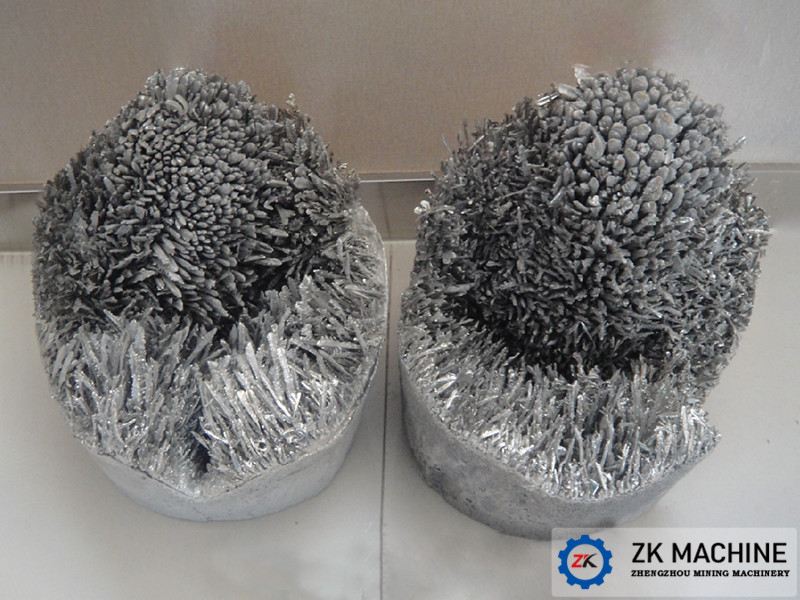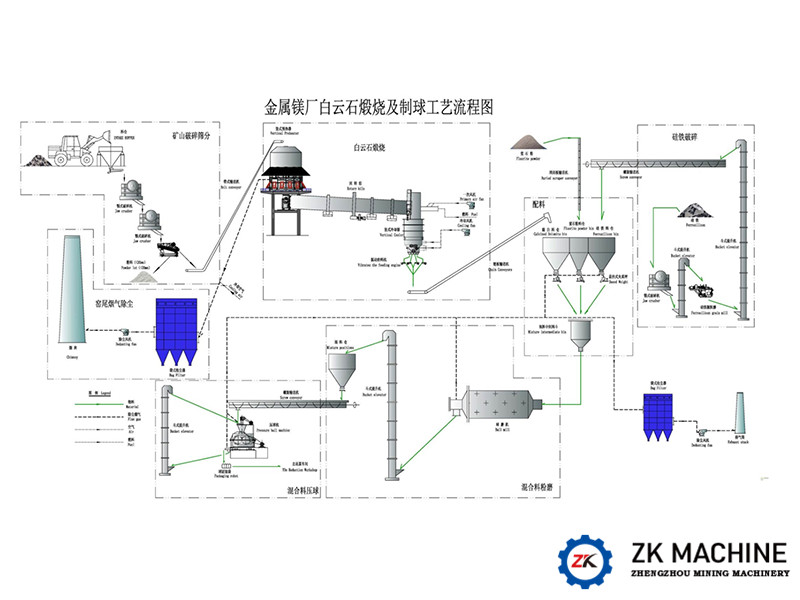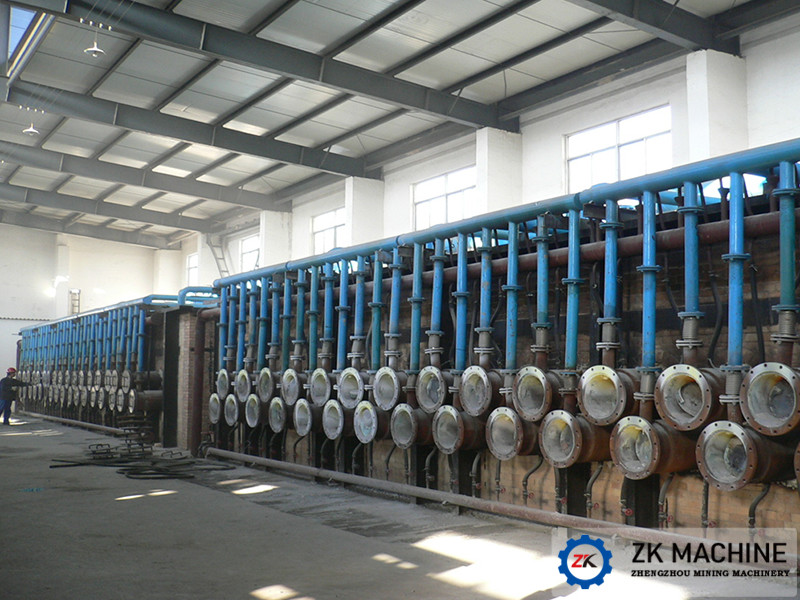Magnesium has high chemical activity and exists in the form of compounds in nature in dolomite, magnesite, serpentine, underground brine, salt lakes and seawater. Magnesium is a silver-white metal. Pure magnesium has the characteristics of low density, large expansion coefficient, and low elastic modulus. Magnesium metal has a history of more than 200 years from the development to the present, and the era of industrial production has more than 100 years.

Reduced Elemental Magnesium
The development of magnesium can be roughly divided into three stages. The first stage: chemical method, which mainly using potassium or sodium steam to reduce molten magnesium chloride to obtain metal magnesium, but industrial production has not been achieved; the second stage: molten salt electrolysis,since 1970s, the dehydration-electrolysis method of hydrous magnesium chloride in HCl gas is a more advanced process method; the third stage: thermal reduction method, siliconthermal method to reduce magnesium oxide in vacuum, which is also commonly used in China at present.
Introduction of silicothermal magnesium smelting process:

Put the pellets into a reduction furnace and heat them in vacuum environment, so that the silicon will reduce the elemental magnesium from the magnesium oxide in the form of magnesium vapor. The metal magnesium reduction furnace generally uses an externally heated horizontal reduction tank. At present, there are many types of metal magnesium reduction furnaces used in China. According to different fuels, they can be roughly divided into two types: reduction furnaces heated by coal gas or heavy oil and reduction furnaces using coal as fuel.

Reduction workshop-reduction furnace
China ZK Corp has successfully completed many magnesium metal projects in China. The main feature is a new energy-saving dolomite calcination system: a vertical preheater is installed at the end of the kiln, so that the residual heat of flue gas at the end of the kiln is directly transmitted to the dolomite , The flue gas temperature can be reduced to 250 ~ 220 ℃, effectively recovering the heat taken away by the exhaust gas emissions, and also reduce the load for subsequent dust removal.
The length-to-diameter ratio of the rotary kiln is reduced from the traditional 20-25 to 14-15. The shortening of the length not only reduces the heat lost from the surface of the rotary kiln to the surroundings, but also reduces the area of the equipment.
The kiln head discharge uses vertical cooler instead of a single cylinder cooler to avoid the heat loss of calcined white. The hot calcined white falling from the head of the kiln is cooled by heat exchange with the blown secondary air, and the air absorbs heat to increase the temperature and enters the rotary kiln to support combustion.
The above is the introduction of the silicon-thermal magnesium smelting process. If you want to know more equipment information, please consult us. Henan Zhengzhou Mining Machinery Co., Ltd is a professional mining equipment manufacturer with rich technical accumulation and project experience. We sincerely invite you to visit our factory!






















